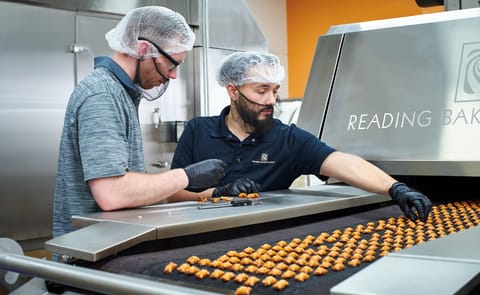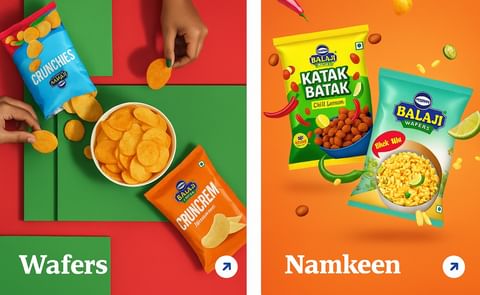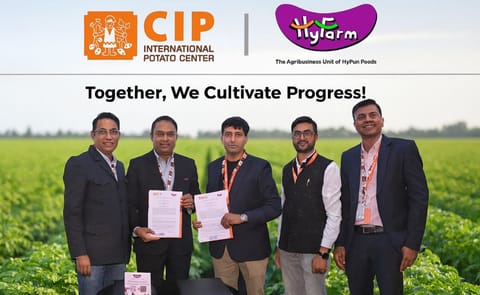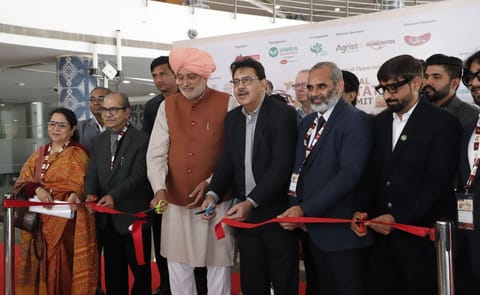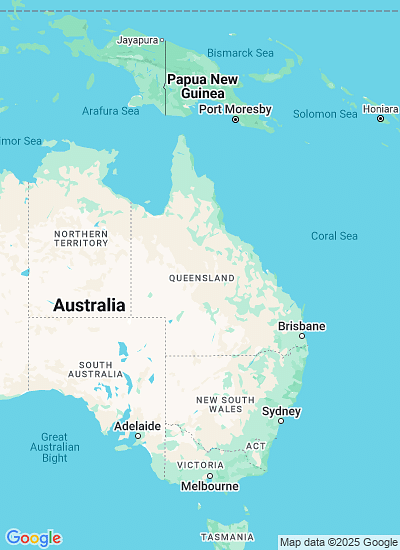Analyzing potato chips’ physical characteristics from simulated first bite to swallow could be used to design a better low-fat snack.
Designing a better low-fat potato chip
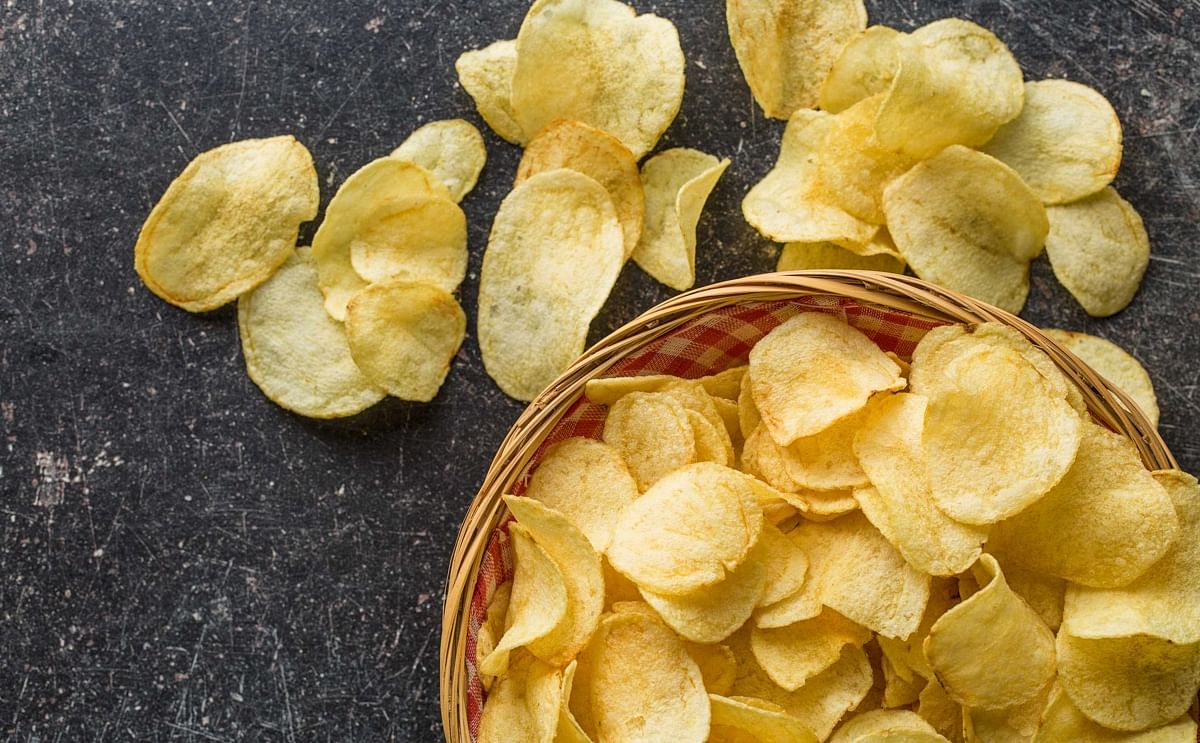
Munching on low-fat potato chips might reduce the guilt compared with full-fat versions, but many people don’t find the texture as appealing.
Now, researchers have developed a technique to analyze potato chips’ physical characteristics from simulated first bite to swallow, which they say could be used to help formulate a tastier low-fat snack. They report their results in the Journal of Agricultural and Food Chemistry.
Cutting fat in potato chips usually involves reducing the vegetable oil content. However, the oil helps give the product its characteristic crunch, taste and mouthfeel. When food scientists formulate a new low-fat chip, they often rely on trained sensory panelists to tell them how well the new snack simulates the full-fat version.
This process can be expensive, time-consuming and often subjective, since perceptions can vary based on factors like a person’s saliva flow rate and composition. While at PepsiCo, Stefan Baier –– now at Motif Ingredients –– and Jason Stokes’ team at the University of Queensland wanted to develop a more objective method to analyze the physical characteristics of a potato chip at four stages of simulated eating: the first bite, when the chip is taken from the package and broken by the teeth; comminution, when the chip particles are broken down further and wet by saliva; bolus formation, when the small, softened particles begin to clump as enzymes in saliva digest the starches; and swallow, when the clumped mass moves to the rear of the mouth and is finally swallowed.
To develop their method, called in vitro oral processing, the researchers used different instruments to measure the physical characteristics of chips with various oil contents at each of the four stages. For example, for the first bite” stage, they conducted mechanical testing to measure the force required to break the chips, and for bolus formation, they measured the hydration rate of particles in buffer as the fragments became a soft solid.
The researchers used the results to design a lower-fat chip coated in a thin layer of seasoning oil, which contained a small amount of a food emulsifier.
The seasoning oil made the low-fat chip more closely resemble the greasiness of a full-fat one in tests with sensory panelists, but it only added 0.5% more oil to the product. Food scientists could use the new technique to link physical measurements with sensory perceptions, the researchers say.



